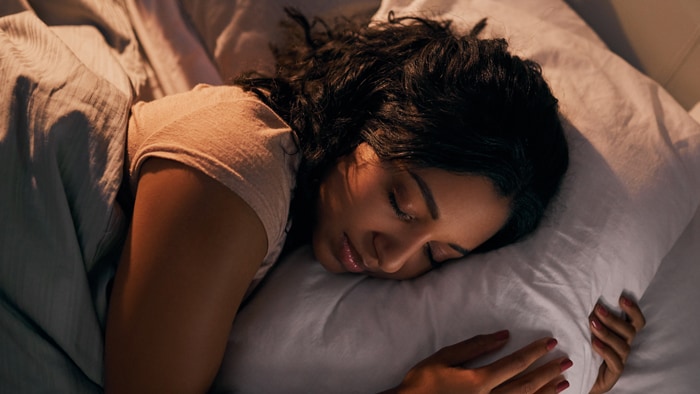Side, back or stomach: Which sleeping position is best?
We all have our favorite sleeping position, whether it’s curled in a fetal position, flat on our back or draped over a body pillow. But for those with chronic sleep issues, choosing the right sleeping position can serve to offer both comfort and a better night’s sleep. Obstructive sleep apnea (OSA) sufferers generally sleep better on their side, according to research published by the National Institutes of Health. The NIH studied 30 male sleep apnea patients and discovered the incidence of sleep apnea with twice as high during the time patients slept on their backs vs. their sides. Even for those who don’t suffer from sleep issues, position can be important. People who have back or neck pain, or who suffer from acid reflux, can benefit from sleeping on their back. According to an article in the Huffington Post, sleeping on your back maintains a neutral position for a person’s head, neck and spine, which can relieve pressure and keep the body in balance. And because the head is higher than the stomach, there is less chance of acid reflux. However, sleeping on your back can promote snoring, even in non-OSA sufferers. Side sleeping also offers relief from neck and back pain and acid reflux, and reduces the chance of snoring. Plus, if you’re pregnant, sleeping on your left side can promote better blood flow to the fetus, according to the American Pregnancy Organization. But if you’re concerned with your complexion, go with another position, the HuffPost article noted—side sleeping can lead to wrinkles. Those who sleep in a fetal position can be prone to back or joint pain in the morning, but they most likely will snore less than back sleepers. The fetal position also can be good for pregnant women; however, it reduces the amount of area lungs have to expand, which means fetal position sleepers don’t breathe as deep as others when sleeping, the HuffPost article noted. The least beneficial sleeping position is on the stomach, which may reduce snoring but can lead to back and neck pain and those dreaded wrinkles, according the HuffPost article. Stomach sleeping puts the head in a side position for long periods of time, which can lead to a sore neck the next day. Remember, for most of us, the position we’re in when we fall asleep is not the same position we’re in when we wake up. The right position is about comfort and a good night’s sleep. If you’re not experiencing either of these, it’s time to assume a new position.



